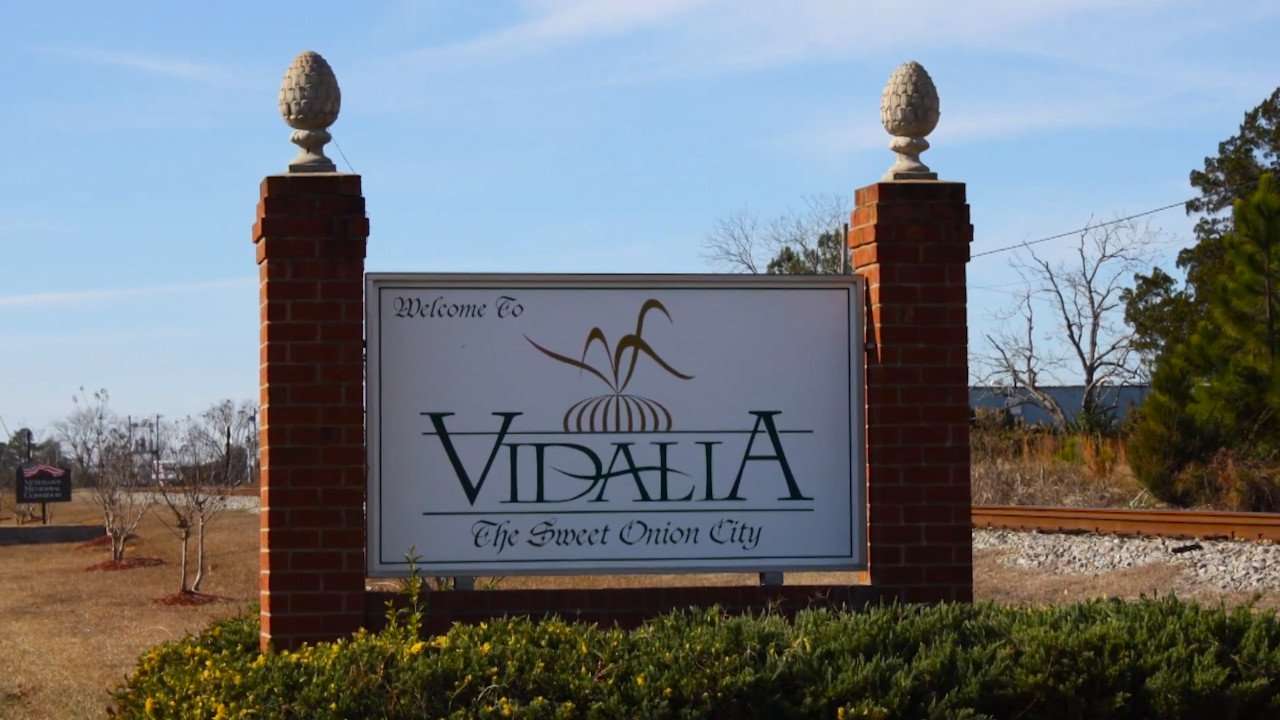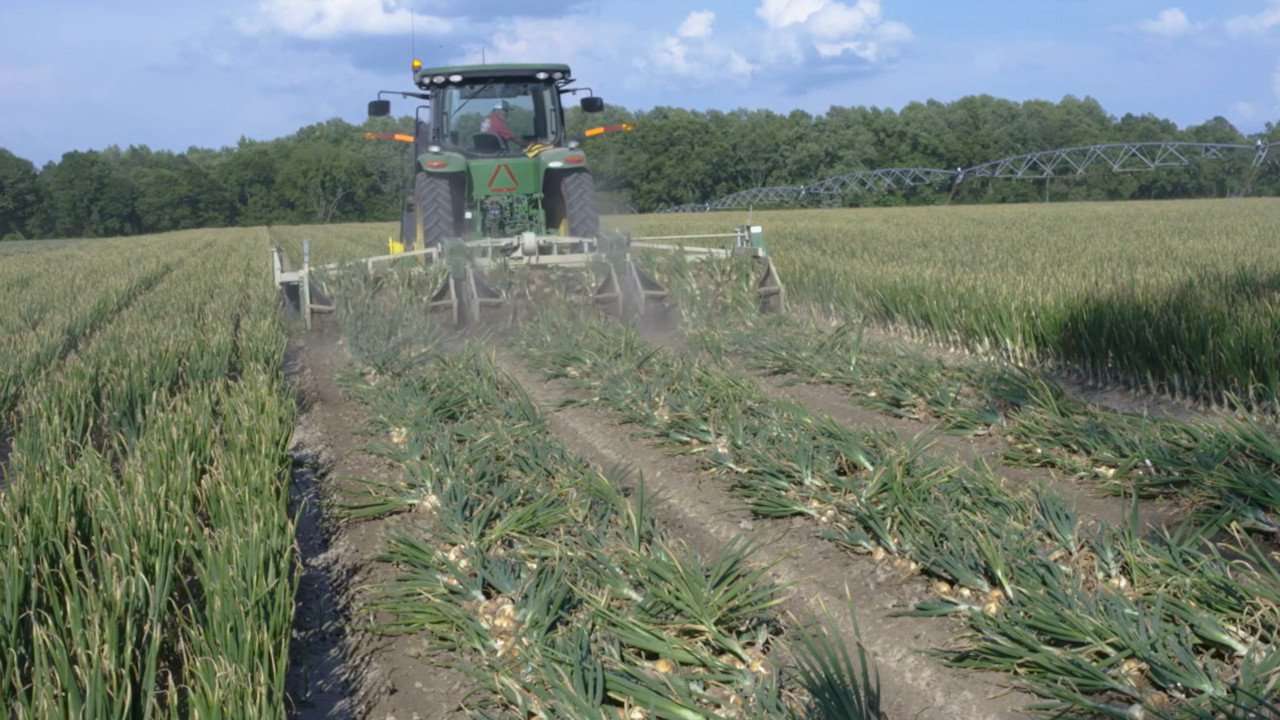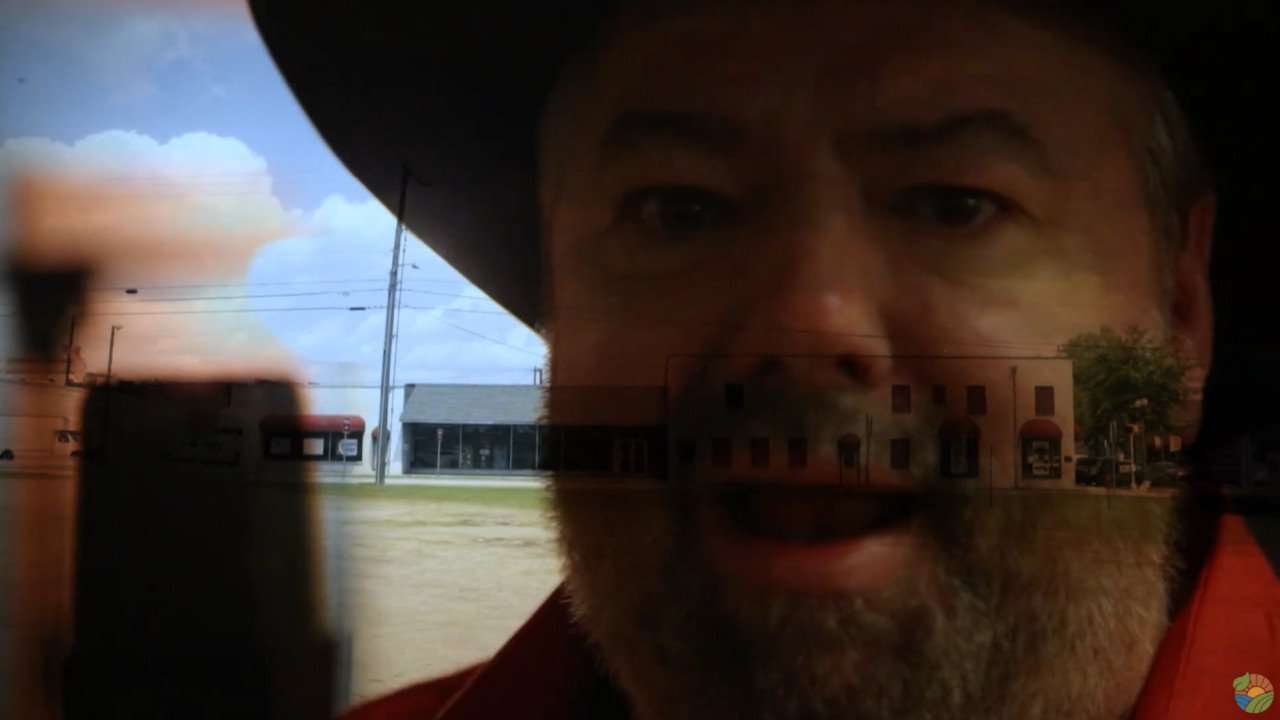Vidalia Onions Steal The Show On Primetime TV
Two-Part Special Tells The Story Of Farming’s Happiest Accident
VIDALIA, GA — Fields of green stretch in every direction this time of year, starting just outside the quaint downtown of Vidalia itself and connecting the other small, Georgia towns in the 20-county official onion growing region. Any direction you drive you see acres and acres – more than 10,000 in all — of Georgia’s trademarked crop, the sweet Vidalia onion, which can only be grown within about a 50-mile radius of the namesake town. Reidsville, Hazlehurst, Lyons, Cobbtown, Glennville pop up like islands in a sea of onions surrounding the namesake epicenter.
Planted by hand in November and December from seedlings that started three months earlier, the Vidalia onion crop stands ready for harvest. To protect the state-owned trademark, Vidalias can only begin shipping on a day set each year by Georgia Commissioner of Agriculture Tyler Harper. Farmers anxiously await word on when they can begin loading bags and boxes of the world’s favorite onion and get it on the road to you.
This year, that date is April 17. Days before, the green disappears, as fields are plowed up to bring the sweet onions to the surface for easy harvest. Those onions are gathered and clipped by hand and transported to a packing facility. At midnight on the 17th, machinery beings to hum and whir and the annual race to the market has begun.
For a lot of people, the Vidalia onion has become a familiar harbinger of spring, arriving hand-in-glove with baseball season, barbecues, and the return of outdoor activities in frosty parts of the country.
The start of Vidalia season is eagerly anticipated by chefs and home cooks alike. The sweet and savory onion has no equal for culinary use – or just for slicing and eating raw. It’s sweet enough to eat like an apple, pungent enough to spice up any dish. And the short availability – five months or less – tweaks demand further. There’s no such thing as leftover Vidalia onions.
Incredibly, though, the Vidalia onion is the result of what may be farming’s happiest accident.
Back in the 1930s, a Vidalia farmer named Mose Coleman got caught short when his white onion crop was lost to a late freeze. Desperately seeking new seedlings to meet his commitment to a local grocer on time, he turned to the state of Texas. A variety grown there – the Grano 502, itself an offshoot of the once-famous Bermuda onion – was the only thing he could find. Coleman hurriedly planted the seedlings – and was shocked and dismayed when they came up sweet instead of hot in Vidalia’s unique soil.
The local grocer agreed to give them a try anyway. Vidalia onions were an instant hit – locally, at least. For the next 50-years they were a well-kept secret.
“Even back then, word had begun to spread about ‘those sweet onions from Vidalia,’” says Bob Stafford, the retired Executive Director of the Vidalia Onion Committee, which oversees production and protection of the crop and trademark. “Someone would mention that they were heading through Vidalia and people would ask then to bring back some of those sweet Vidalia onions.”
Word spread slowly that way. In the 1980s, growers started to market the crop outside of the home region. Classified ads in the back of magazines were the first approach – and an instant success. Before long, Vidalia farmers began marketing their onion in earnest. They shortly became a national culinary craze, quickly reaching the legendary status they’ve owned since. In the 1990s, growers banded together and gave the Vidalia trademark to the State of Georgia, which serves as a watchdog to make sure all onions that hit the market with the Vidalia label are the real thing.
Where The Food Comes From will tell the amazing story behind the Vidalia onion – and introduce America to the world of these farmers, speaking with key industry players like John Shuman of Shuman Farms, who overcame tragedy to build an empire, Aries Haygood of A&M Farms, a tenacious cancer survivor, and Bo Herndon of Herndon Family Farms, who’d never farmed until he started his own – all of whom have earned Vidalia Grower of the Year honors. The show also visits the University of Georgia Vidalia Onion and Vegetable Research Center, where new varieties are tried and tested.
“It’s all in the soil,” says UGA Extension Agent Chris Tyson. “It’s sandy enough to leach out some of the hotter elements. And it’s low in sulfur, which lets the sweetness shine through.”
Says producer and host Chip Carter, “People ask me all the time when we travel, ‘Is Vidalia a real place, or just the name of an onion?’ I’m very proud to show them just how real it is.”
Carter, a Georgian himself, has long been a fan of the trademarked crop. In fact, his tribute song Sweet Vidalia is featured in the episodes. “It’s not about the onion, though,” Carter is quick to clarify. “It’s about the people, the place – and most of all, the spirit of a very special place.”
QUICK REFERENCE
WHERE TO WATCH
CABLE
RFD-TV Network — Every Friday at 10:00 p.m. and 1:30 a.m. EST
ON DEMAND
MORE WAYS TO WATCH COMING SOON! STAY TUNED!





